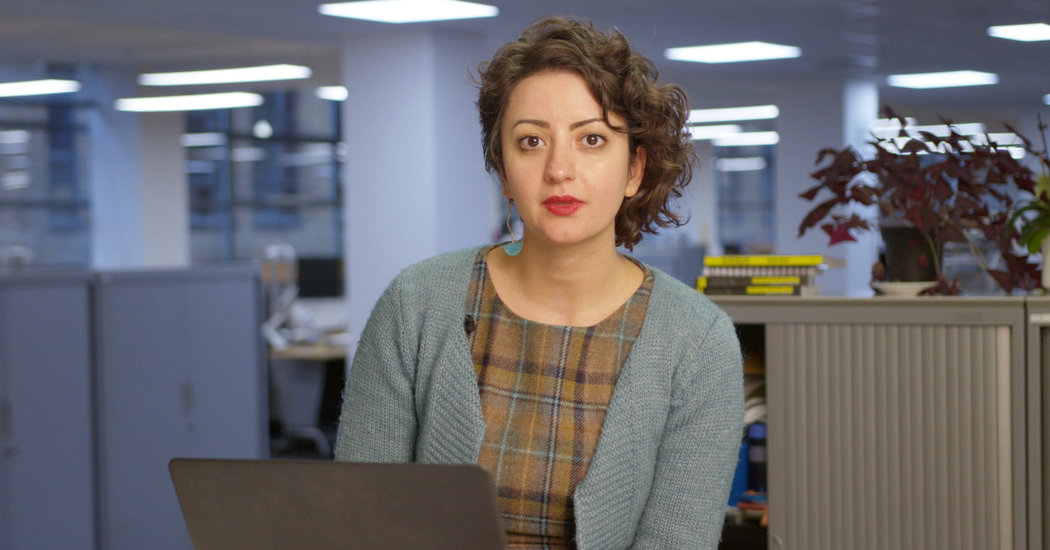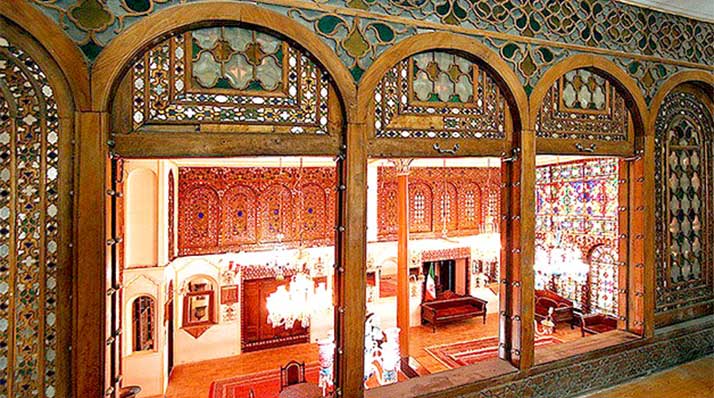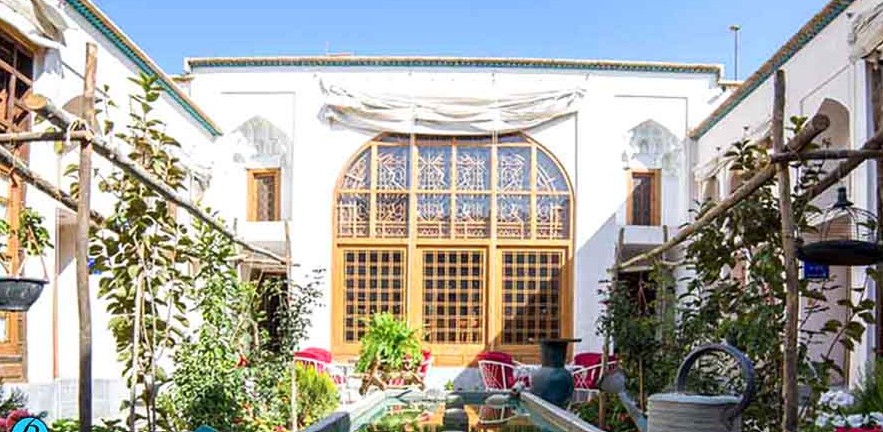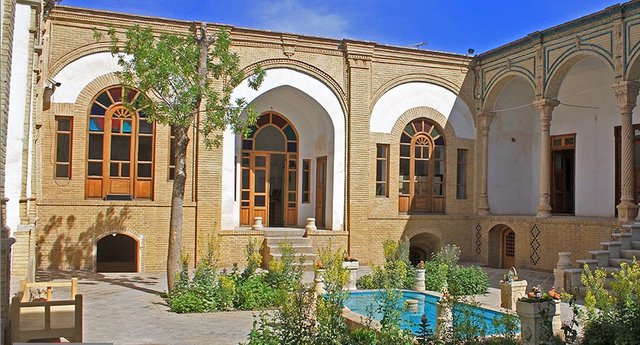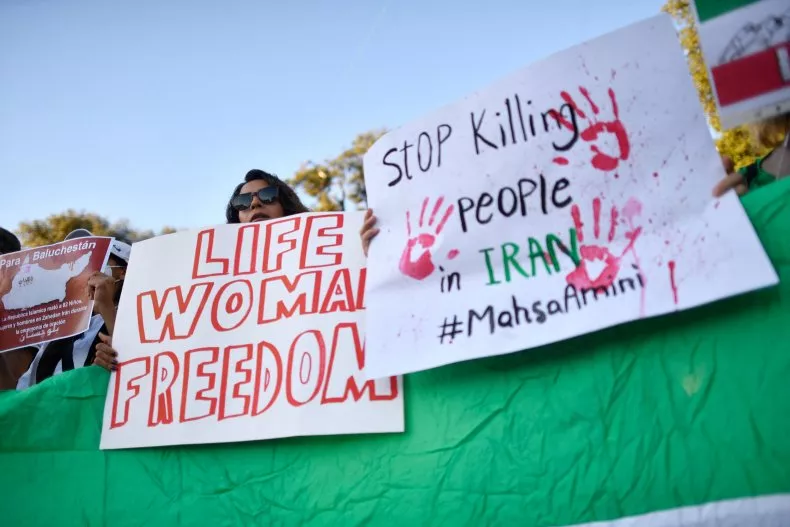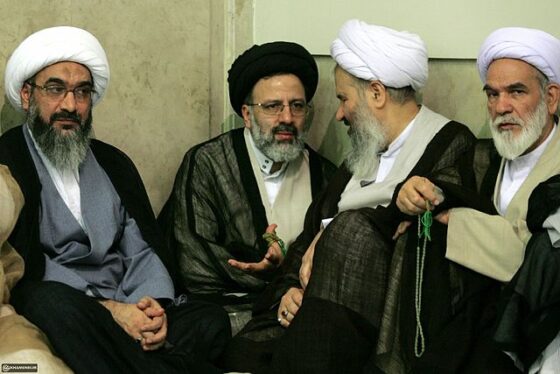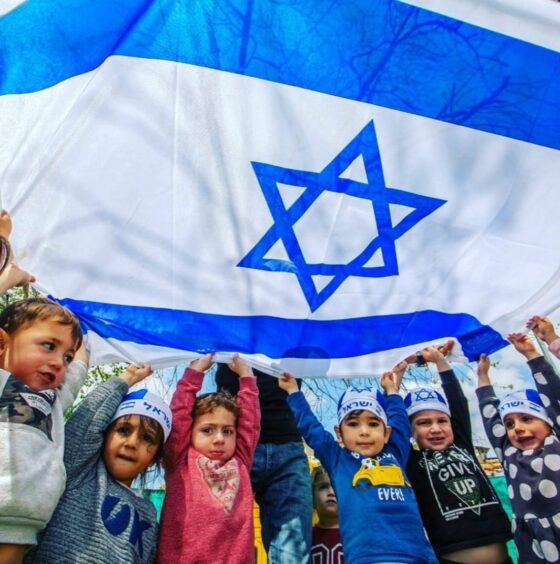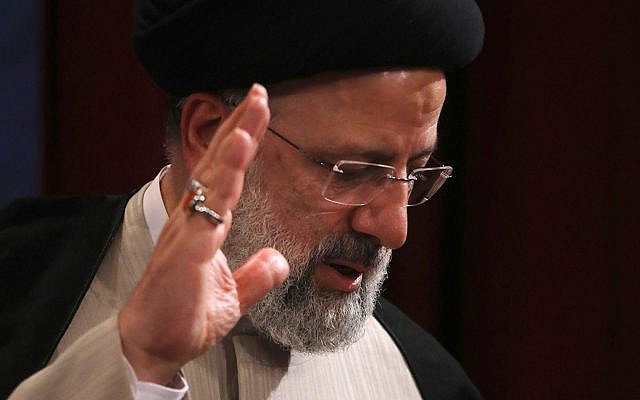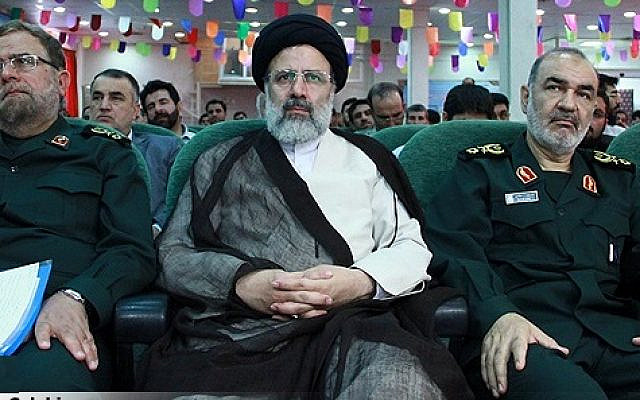Video
transcript
transcript
What Iran Did Not Want You To See
In the wake of an internet shutdown, one human rights researcher sifts through video evidence of atrocities.
-
It’s really shocking. You see the security forces who are just shooting. The protests were triggered by a massive rise in the fuel price. And within hours of the protests starting, the authorities resorted to the use of firearms to crush down these voices. The Iranian authorities shut down the internet. It happened extremely quickly. Between 24 hours people were no longer online and seeing our messages. However, many people courageously sent these videos. And as the internet has been restored slowly Amnesty International has been able to look in to dozens of videos that have emerged. The Iranian authorities have a history of using excessive force against peaceful protesters. What we’ve seen this time though is an unprecedented use of lethal force against unarmed protesters. Now I can show you some of the footage that the Iranian authorities clearly did not want the world to see. This is a video from Tehran that emerged on 17th November onwards. It is this moment, especially that shows security forces shooting directly at the people at the end of the street. This is what shows us that the authorities have been unlawfully using firearms against unarmed protesters. This sign on the building indicates that this building belongs to the Department of Justice. The people on the rooftop who are shooting into crowds of people are wearing uniforms which indicates that they are from security forces. Based on our research, the majority of the deaths have resulted almost entirely from the use of firearms. If I pause here, you can see a man who holds a gun and is shooting at the protesters he’s not wearing a uniform and people who are not familiar may mistakenly think that he’s a protester. But he is a plain clothes official. And you can gather this information because as you can see, all the security forces are standing on this side of the street. So in general, it doesn’t seem that the authorities want to hide the identities of these people. And that adds an additional layer of illegality to the situation. This is the footage from the city of Shiraz in Fars Province. You clearly hear people chanting slogans against the current supreme leader. While the protests were triggered by the sudden rise in fuel prices, they have expanded to include grievances against political repression and political authoritarianism. Many protesters have certainly suffered from injuries caused by beatings. People who have been injured are not going to the hospitals because they are afraid that they will be arrested by the authorities. There is at least one report that the intelligence authorities have forced the management of a hospital to submit to them the list of newly admitted patients. There are also some horrific reports that we are still investigating that the authorities are forcing the families to pay in order to receive the bodies of their loved one. In some cases, families have been told that they need to pay for the price of the bullet that was used to kill their loved one. If these reports are true, this is an additional layer of cruelty against families who’ve already suffered unspeakably. On 20th November the forced confessions of one woman who had been reportedly arrested was aired on state T.V. We can expect that in the coming days or weeks there will be a wave of televised confessions that have been extracted under torture and other ill treatment. This pattern of unlawful killing will continue unless the Iranian authorities are held to account. And for that to happen, it’s essential that international experts from the U.N. are allowed to enter their country, interview the families of those killed, visit detention centers and hospitals and cemeteries and build a fair picture of the horrific events that took place in the country.

Video by Alexander Stockton and Adam Westbrook
Parts of Iran are back online, and videos suppressed by the nation’s internet shutdown are starting to trickle onto social media. In the Video Op-Ed above, Raha Bahreini sheds light on the eye-opening stories that Iran’s government did not want you to see.
While internet service has been partly restored, many Iranians still do not have internet access on mobile phones, and government officials there have warned that connectivity may be blocked indefinitely. In a call for evidence of government repression during the blackout, the United States State Department says it has received almost 20,000 messages, videos and photographs.
A hike in fuel prices sparked protests across Iran. Ms. Bahreini exposes and analyzes footage of human rights abuses by Iranian security forces, including shootings into crowds of unarmed protesters. And she warns of what may come next — incarceration, torture and forced confessions that will further oppress the Iranian people. If the world does not take a stand, Ms. Bahreini fears, Iran’s internet blackout may foreshadow the nation’s darkest days.
Raha Bahreini (@RahaBahreini) is a human rights lawyer and a researcher on Iran for Amnesty International.

